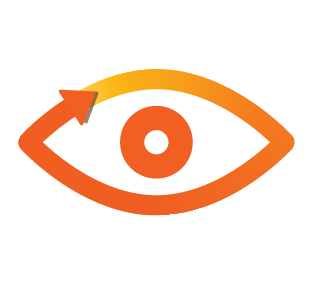In 2020 I read The Art of Resilience by Ross Edgley. In the book, Ross shares the story of his swim round the UK. There are many aspects to the story that have stayed with me and one, in particular, made me write a blog at the end of last year too about how easily we can get things wrong:
“Ross talks about an amazing moment where sky writers took to the air to write 100 days and a love heart in sky as he hit the milestone. While the intention was wonderful and he wasn’t ungrateful at all, what he really wanted was… bread. He went on to say it could have been white, brown, granary, any kind – but he wanted bread.
He links this to needs and the different levels Maslow suggests. The skywriting is an esteem need. It was designed to celebrate him and his accomplishment. It’s fairly high up the pyramid, just below self-actualisation, and was done with the absolutely right intentions to celebrate what he was doing the 100-day milestone.
The reality for Ross, was that he was further down the pyramid. Much further. In fact, he was at the bottom in physiological needs where it’s all about food, shelter, warmth and rest.”
I was only talking about this moment last week when I was working with someone to help them think about what needs to happen to cope with the impact of an acquisition. It’s so easy for us to think people are in the right place for recognition and celebration when the basics just aren’t there.
This is why I talk about the importance of understanding people in the workplace. I dedicated a whole chapter to this topic in my book and, whenever I’m delivering a keynote presentation, I always start with the need for us to acknowledge what it is to be human.
Another client I’m working with is looking at how to adapt internal communication channels to drive engagement. Another client is looking at the broader implications of business strategy and how it impacts teams and customers. While another is trying to find ways to stop “the great resignation” causing long-term damage to the organisation.
Everyone is working through changes and looking at things differently in a post-lockdown, post-pandemic world.
Now is the time to look at all these things through the lens of understanding people. We have to learn more about how we function and respond as human beings for the workplace to thrive. Working together means we have relationships at work and relationships are built on great communication.
To truly engage a workforce, we must understand them. And acknowledge that our brains haven’t really changed since we were cave people:
“From the 1960s to today, processing power has gone up by about a trillion times. Nothing else that we have has improved at anything near that rate. Cars are roughly twice as fast and almost everything else is negligible. And perhaps most importantly, our human – our physiology, our brains, have evolved not at all.”
Randima (Randy) Fernando, co-founder of the Center for Humane Technology
So, if this is the case (and there are several books that document this) we have to start with what our brain is actually designed to do and that’s keeping us safe. When we don’t feel secure or our brain can’t predict what is going to happen, it stops us from doing things and elicits a threat response in our bodies (stress, worry, anxiety). Our brain will also fill in the blanks by making up stories that enable us to predict – even if those stories are false.
Let’s think about that for a moment and what that means for work. In a world that is currently changing at pace, with lots of unknowns and concerns around public health and safety, our brains are in overdrive trying to make sense of it all.
We create a campaign to drive engagement. We create a campaign to help people understand why working here is great. We ignore the real issues. We ignore the real challenges they are facing. We ignore the things that help them feel safe and enable them to predict.
If you want to drive real, sustainable change inside your organisation that engages teams and helps people thrive, take the time to reflect on how people really feel right now. Take a moment to think about whether your messages are going to help people achieve some stability and remove the worry that blocks progress and productivity.
If you’d like to find out more about understanding people, how our brains work, our desire for information, fairness and connection, my book is available to purchase via Kogan Page, Amazon and independent bookshops. You can also listen to my podcast episode on employee engagement, employee experience and internal communication. If you have any questions about the issues raised in this blog, please email info@redefiningcomms.com.






